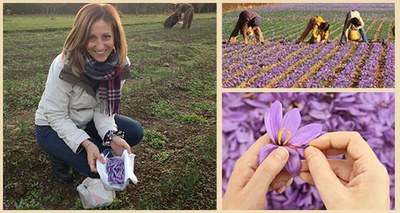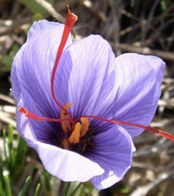Biotechnology: Italy patents method for producing saffron, world's most expensive spice
5/7/2018
"This method is the only way to produce crocins in large quantities, given the impossibility of obtaining them through chemical synthesis and the seasonality of the plant, which blooms only once a year", Olivia Costantina De Murgias, ENEA researcher at the Biotechnologies Laboratory, one of the authors of the patent, explained.
"Furthermore, the patent allows to obtain pigments at costs up to 100 times lower than those of natural origin and with such levels of purity that they can also be used in biomedicine", Demurtas pointed out.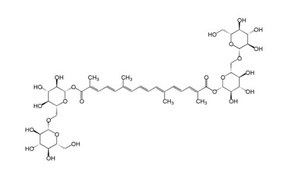
In addition to being published in the prestigious journal Plant Physiology , research on the patent has brought Olivia Costantina Demurtas to recently win one of the prizes of the "Hausmann & Co and Patek Philippe - Award for talented young people", established by the famous brands of watches to reward young Italian excellences.
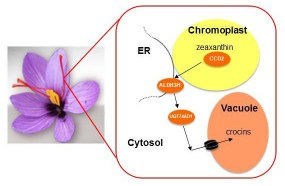 The system patented by ENEA has also allowed to identify innovative methods of genetic engineering to produce the crosses in bacteria, yeasts or plants other than saffron. Moreover, thanks to studies on biological molecules, ENEA and the University of Castilla-La Mancha have identified a series of genes involved in the production of crocine. The results obtained in the characterization of wild saffron, which accumulates crocine in the yellow part of other organs as well as in the stigmas, were published in the prestigious journal "Scientific Report" of the Nature group.
The system patented by ENEA has also allowed to identify innovative methods of genetic engineering to produce the crosses in bacteria, yeasts or plants other than saffron. Moreover, thanks to studies on biological molecules, ENEA and the University of Castilla-La Mancha have identified a series of genes involved in the production of crocine. The results obtained in the characterization of wild saffron, which accumulates crocine in the yellow part of other organs as well as in the stigmas, were published in the prestigious journal "Scientific Report" of the Nature group.
"Through the use of homologous technologies to determine the mechanisms that control the synthesis of crocins, we have obtained a series of genes associated with the accumulation of these molecules. These results will be the object of future studies aimed at increasing their production", Gianfranco Diretto, at the ENEA Biotechnology Laboratory, explained.
The cultivation of saffron is limited to soils at altitudes above 300 m. and each plant produces at most 3 flowers, each of which carries a maximum of 3 stigmas; furthermore, all collection and processing operations must be performed manually. And that's not all: in fact saffron is a sterile plant, which increases the difficulties of both genetic improvement and production characteristics improvement.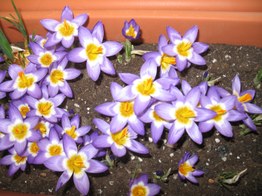
Due to the reduced production and availability and the high cost of labor, the so-called "red gold" is one of the most expensive spices in the world, with prices that can reach 30 thousand euros per kilo. It is estimated that in order to produce a bag of saffron, more than 20 flowers are needed, from which 60 pistils are obtained, while 150 kilos and 500 hours of work are needed to obtain 1 kilo of saffron.
For more information:
http://www.plantphysiol.org/content/early/2018/05/29/pp.17.01815.long
Olivia Costantina Demurtas, ENEA – Biotechnologies Laboratory, olivia.demurtas@enea.it
Gianfranco Diretto, ENEA – Biotechnologies Laboratory, gianfranco.diretto@enea.it
Alessia Fiore, ENEA – Biotechnologies Laboratory, alessia.fiore@enea.it
Brevetto ENEA “Geni e Metodi per la Produzione e Compartimentazione Biotecnologica di Apocarotenoidi ad Elevato Valore Aggiunto” (rif 856 http://industria.enea.it/proprieta-intellettuale-brevetti/brevetti/geni-metodi-produzione-compartimentazione-biotecnologica-di-apocarotenoidi-ad-elevato-valore-aggiunto)
Candidate enzymes for saffron crocin biosynthesis are localized in multiple cellular compartments. Plant Physiol. 2018 [Epub ahead of print].
Transcriptome analysis in tissue sectors with contrasting crocins accumulation provides novel insights into apocarotenoid biosynthesis and regulation during chromoplast biogenesis. Sci Rep. 2018 8(1): 2843.
Biotechnology: ENEA invents method to produce saffron, one of the most expensive spices in the world

